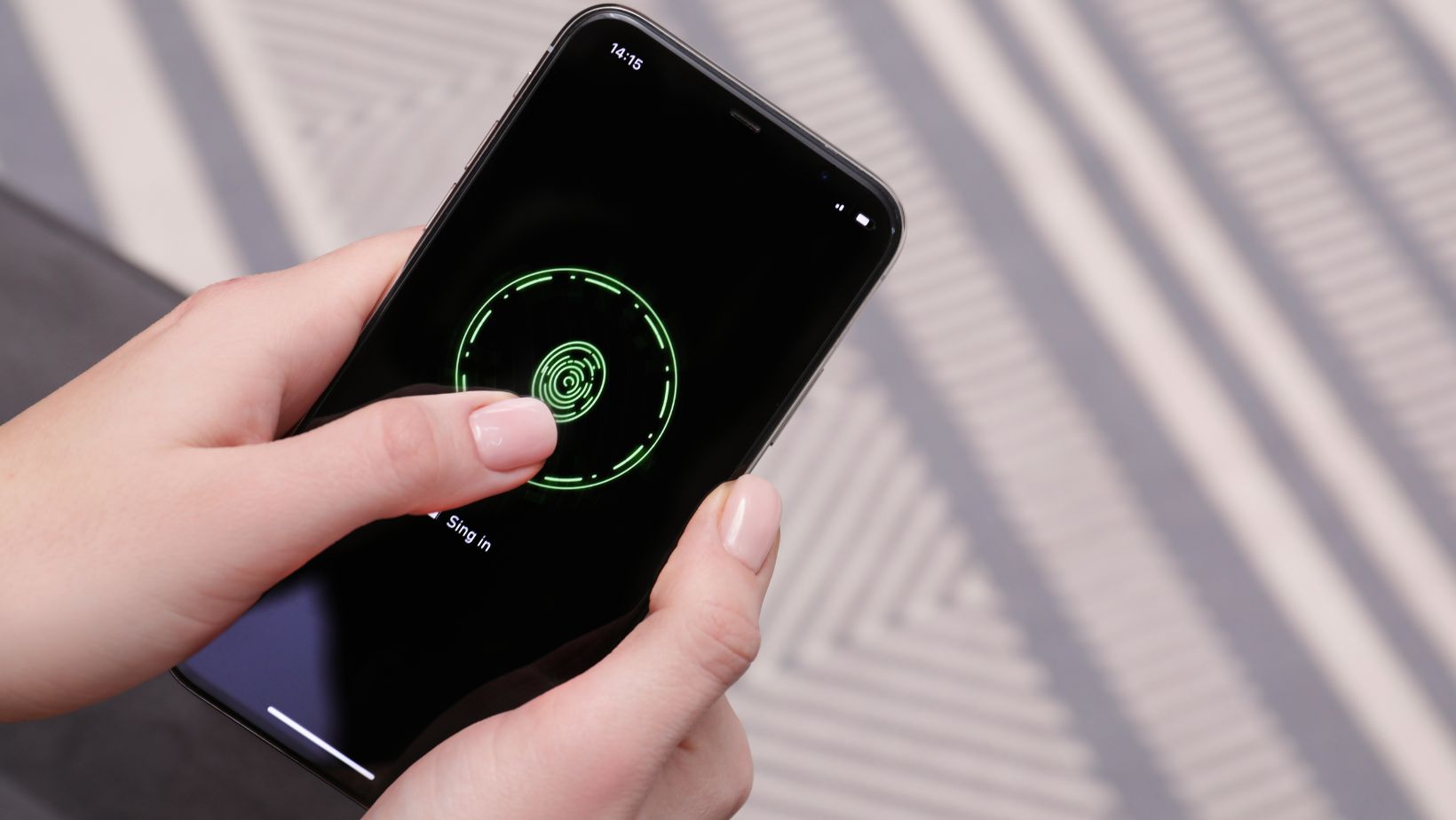The identity verification (IDV) sector isn’t experiencing change in the distant future—it’s already in motion and evolving rapidly. As technology progresses, fraud tactics become more advanced, and regulations grow stricter, identity verification methods must continuously adapt. Now that 2025 has arrived, the emphasis is not just on forecasting trends but actively responding to them.
To navigate these shifts effectively, we’ve identified three key forces driving the evolution of IDV:
- Emerging threats that demand swift action
- Technological breakthroughs reshaping verification processes
- Regulatory changes and shifting user expectations setting new benchmarks
Keeping up with identity verification trends is essential for organizations to stay ahead of security risks and implement robust protective measures. Here’s how the IDV landscape is transforming and what it signifies for businesses and users alike.
Hardware-enabled solutions for liveness verification
Deepfake technology has evolved from an obscure issue into a widespread concern for IDV. In 2024, half of the surveyed businesses reported at least one attack involving deepfake technology. The financial sector was even more affected, with 57% of crypto firms falling victim to audio deepfake scams.
With AI-driven tools becoming more accessible, even inexperienced fraudsters can generate highly convincing fake images, videos, and voice recordings. Conventional verification techniques, like basic selfie matching or document-based biometric authentication, are proving inadequate. Humans often struggle to detect deepfakes, making hardware-based solutions an essential countermeasure.
The initial and most vital step in addressing deepfakes is ensuring the authenticity of the signal source. Mobile platforms using dedicated applications provide better security than web browsers in this regard. Without verified signal integrity, even sophisticated verification systems may struggle to differentiate between real and manipulated data.
The tightening age verification regulations
Growing concerns about minors accessing restricted online content have prompted tighter regulatory oversight. Governments worldwide are implementing stricter age verification policies, imposing substantial penalties for non-compliance. For instance, Texas recently passed a law introducing fines of up to $250,000 for inadequate age verification measures.
To address these concerns, businesses are exploring more reliable verification methods. AI-powered biometric age estimation is emerging as a viable solution, allowing real-time age assessment without requiring official identity documents. Additionally, incorporating liveness detection strengthens the credibility of age verification efforts.
User experience is one of the priorities
Modern users expect identity verification processes to be not only secure but also efficient, seamless, and user-friendly.
A smooth verification experience is crucial, as cumbersome processes can lead to frustration and increased abandonment rates. Organizations are streamlining workflows by integrating facial recognition with liveness detection, enabling verification in just a few seconds.
Customization is also a growing necessity—different industries, regions, and customer segments have specific IDV requirements. Businesses are increasingly seeking flexible solutions tailored to their unique needs.
Furthermore, accessibility considerations are gaining importance. IDV technologies must accommodate individuals with disabilities and an aging population, ensuring user interfaces remain intuitive and easy to navigate.
Advanced biometrics verification
Biometric authentication, including facial recognition, fingerprint scanning, and voice identification, continues to be a fundamental security measure. While deepfakes pose a threat to biometric verification, these technologies still offer essential security layers. Advanced liveness detection methods—such as 3D depth scanning, micro-movement tracking, and light reflection analysis—ensure that a real person is present, making fraud attempts more difficult. However, as deepfake technology advances, biometric security measures must continually improve to remain effective.
Artificial Intelligence and Machine Learning for identity verification
Artificial intelligence (AI) and machine learning (ML) have been part of IDV for years, but their significance is increasing as fraud tactics become more sophisticated. The best way to counter AI-driven fraud is by leveraging AI itself.
AI-powered neural networks can analyze vast datasets, automate repetitive tasks, and identify subtle discrepancies undetectable to humans. These systems can flag altered images, detect reused biometric data across different identities, and pinpoint suspicious behavioral patterns.
However, AI-driven verification must be continuously refined. Fraudsters are constantly adapting their methods, making it essential for IDV providers to update and improve their models frequently.
IDV as a part of a more complex security ecosystem
As digital interactions become more interconnected, identity verification is no longer a standalone function—it must be integrated into a broader security ecosystem. Organizations must ensure that IDV systems work in sync with their existing IT infrastructure.
For example, IDV can strengthen cybersecurity measures by linking identity verification with fraud detection tools. Multi-factor authentication (MFA) is also evolving beyond document and biometric checks to include additional validation methods, such as proof of address, tax identification numbers, and phone verification—an approach known as non-document verification.
Furthermore, IDV platforms will integrate with a wider range of databases and external data sources to conduct more thorough identity validation processes.
Deepfakes and modified IDs
Although deepfake fraud is receiving significant attention, traditional forms of identity fraud—such as counterfeit IDs—continue to be a major concern. Despite the increasing adoption of digital identity solutions, physical identity documents remain essential, necessitating continued efforts to prevent forgery.
According to Regula’s recent survey, 58% of businesses globally (and up to 76% in FinTech) still encounter fake or altered physical documents—surpassing the 50% of fraud cases involving AI-generated forgeries. This indicates that organizations must strike a balance between preparing for cutting-edge fraud techniques and mitigating conventional threats.
Advanced verification tools, such as liveness detection, play a key role in combating fraud. By enabling real-time authentication of physical identity documents during remote verification, businesses can enhance document security and minimize fraud risks.
Increasing use of biometrics
The use of biometric authentication is expanding across multiple industries. From mobile banking to airport security, biometric verification provides a secure and efficient identity validation process. Fingerprint scanning, iris recognition, and facial authentication are increasingly being integrated into everyday applications, making identity verification more seamless and secure.
Deepfakes as a growing threat
Deepfake technology is evolving at an unprecedented pace, posing an escalating risk to identity verification. Fraudsters can now create highly convincing synthetic media that bypass traditional security mechanisms. As AI-generated deepfakes become more advanced, businesses must deploy sophisticated countermeasures, such as AI-driven anomaly detection and real-time verification solutions.
Conclusion
As we move through 2025 and beyond, the identity verification industry must stay agile and responsive to emerging threats and new opportunities. Striking the right balance between security and user experience, staying ahead of fraudsters, and complying with evolving regulations will be essential for success in the digital world.
To maintain a competitive edge, businesses must embrace state-of-the-art IDV technologies, improve fraud detection strategies, and provide smooth, user-friendly experiences. The future of identity verification hinges on adaptability, innovation, and a proactive approach to an increasingly complex security landscape.


 By
By 




